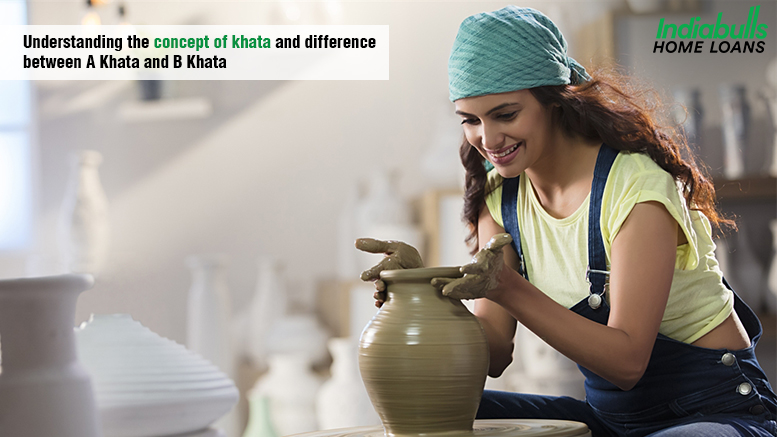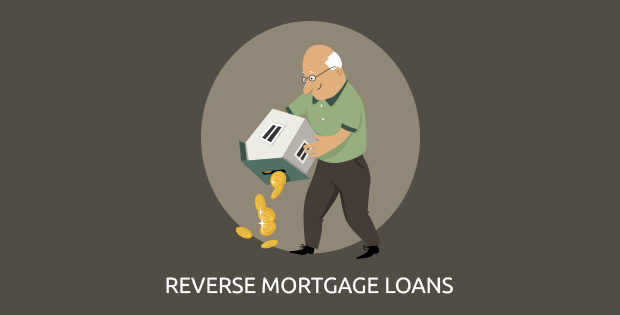
- About Us
- OUR OFFERINGS
- CALCULATORS
- RESOURCE CENTRE
-
Quick Links
- Existing Customers Benefits
- Become a Partner
- Pre-Approved Projects
- Home Loan App
- Blog
- CSR
- Locations
- Roi Switch Policy
- Co-Lending Policy
- Co-Lending Partnerships
- Customer Sensitization Program
- ROI Range
- Borrower Education - SMA/ NPA classification
- Borrower Awareness - RBI Ombudsman Scheme
- Borrower Awareness - procedure for handover of property documents
- NEWS CORNER
-
INVESTOR RELATIONS
- Financial Reports
- Investor Presentations
- Annual Reports
- Notices
- ESG Profile
- IEPF
- Investor Call Transcript
- Corporate Announcement
- Public Issue of NCD'S
- Qualified Institutional Placement
- Investor Relations Contact
- ISO CERTIFICATIONS
- Forms for Shareholder KYC-PAN-Nomination update
- Credit Ratings
- Statutory Advertisements
- ODR Portal
- Rights Issue
- Sustainable Financing Framework
- Disclosures under Regulation 46 of SEBI LODR
- CONTACT US
- Login
 Apply
ApplyOnline

India's 1st Completely Online Home Loan!
-
e-APPLY
-
e-SANCTION
-
e-DISBURSE
Start your eHome Loans Process Now!
Apply OnlineUnderstanding the concept of khata and difference between A Khata and B Khata

- Jun 30, 2019
- VIEWS: 8695
Understanding the concept of khata and difference between A Khata and B Khata
When you invest in property, you have to be extra careful. Whether you are taking on a home loan or making full cash payment, you need to check all the documents related to the property you are purchasing. This includes the sale deed, title deed, property agreement and so on. While these documents are common for property transactions everywhere, property owners in the city of Bengaluru, Karnataka, need one more, crucial document whenever they enter into any kind of property transactions to ensure their property is legal. Let’s find out more about what is Khata, the two types of Khata – Khata A and Khata B and its features and benefits.
What is Khata?
‘Katha’ is a word that almost every Indian knows. When translated to English, the word means ‘account’, but in the context of property and property related transactions in the city of Bengaluru, Khata actually denotes a legal document that recognizes a specific property. It is a document comprising of the vital details regarding property ownership. Citizens of Bengaluru require this legal revenue document while entering into any property trade.
The Khata concept was introduced in 2007 when the Bruhat Bengaluru Mahanagar Palike (BBMP) was formed in order to simplify the process of tax collection in Bengaluru.
What does Khata consist of?
Khata is a legal document issued to property owners and it essentially consists of information such as the size, area and location of the property and if the property is residential or commercial. The system was introduced to help property owners file and pay property tax and these details are issued while paying taxes. The Khata document also helps people get trade and building licenses among other things. It also comes handy while applying for loans and credit cards from banks, NBFCs and Housing Finance companies. The BBMP maintains and manages Khata.
Difference between A Khata and B Khata
Now that we know what is Khata let’s look at the differences between Khata A and Khata B. As mentioned above the concept of Khata was introduced in Bengaluru in 2007 to make the property tax collection process simple. The Khata A concept was introduced in order to reform this tax collection process. Khata A was the first register which listed all fully legal properties in Bengaluru. The BBMP also maintained a second register listing all semi-legal and illegal properties which was given the name Khata B. Let’s understand Khata A and B.
What is Khata A?
Khata A was introduced by BBMP to streamline property tax collection in Bengaluru. This document certifies that a property owner has paid all the required property taxes and owns a legal property. Individuals owning Khata A documents may apply for trade and building licenses and may avail home loans on their property. Khata A document essentially states that you have a legal property. It also makes the process of all future financial transactions related to the property easy.
What is Khata B?
The BBMP maintains a separate register listing illegal properties that have ownership in Bengaluru, despite the fact that the property owner may have paid civic charges. Khata B enables BBMP to collect property taxes from illegally constructed buildings. It also includes properties in violations of certain bylaws, unauthorized layouts and construction in revenue land as well as properties that don’t have issuance or completion certificates among other things. Khata B properties can be upgraded to Khata A properties if the property owners pay off all property taxes.
Highlighting the main differences between Khata A and Khata B properties
- Khata A properties are considered legal whereas Khata B properties are considered illegal even if the property owner has the proper ownership documents.
- Khata A property owners can transfer ownership or resell their properties easily while B Khata owners may not be able to do so.
- Khata A property owners can also get trade licenses whereas Khata B holders are barred from doing so.
- Khata A property owners can also have construction permits and may expand their properties while this is restricted for Khata B property owners.
Features and benefits of Khata
Khata is currently applicable only to the residents of Bengaluru city in Karnataka. It features and benefits include:
- Khata helps decide the evaluation of the owner of the property.
- Khata provides all the necessary information about the property including property type, size, location, area, flat/house number, number of floor and the property’s establishment date.
- Khata also helps property owners get trade licenses and loans.
- Khata A makes the process of filing and paying property tax easy.
- Khata also helps obtain electricity and water connections.
Final word: Prior to the introduction of the Khata concept, property tax collection was a huge hassle for city authorities since tax was collected by three different bodies. Khata B owners need to complete certain formalities including the payment of all due property taxes to convert their property to Khata A after which they too can enjoy all benefits provided to Khata A owners.
No Comments
Subscribe
Most Viewed Blogs
Categories
- Home Loans Guide 125
- Home Renovation Loan Guide 3
- Home Loan Transfer Guide 14
- Home Extension Loans Guide 1
- Loan Against Property Guide 28
- Home Loan Interest Rates Guide 2
- Others Guide 8
- Home Decor & Lifestyle Guide 5
- Plot Loan Guide 3
- PMAY Guide 5
- Uncategorized Guide 1
- NRI Home Loans Guide 5
- Financial Resolutions Guide 1
- New Year Resolutions Guide 1
Archives
- Mar 2020
- Jan 2020
- Nov 2019
- Jul 2019
- Jun 2019
- May 2019
- Apr 2019
- Mar 2019
- Feb 2019
- Jan 2019
- Dec 2018
- Nov 2018
- Jul 2018
- Jun 2018
- May 2018
- Apr 2018
- Mar 2018
- Feb 2018
- Jan 2018
- Dec 2017
- Nov 2017
- Oct 2017
- Sep 2017
- Aug 2017
- Jul 2017
- Jun 2017
- May 2017
- Apr 2017
- Mar 2017
- Feb 2017
- Jan 2017
- Dec 2016
- Nov 2016
- Oct 2016
- Jun 2016
- Apr 2016
- Mar 2016
- Feb 2016
- Jan 2016
- Dec 2015
- Nov 2015
- Oct 2015
- Sep 2015
- Aug 2015
- Jul 2015
- Jun 2015








